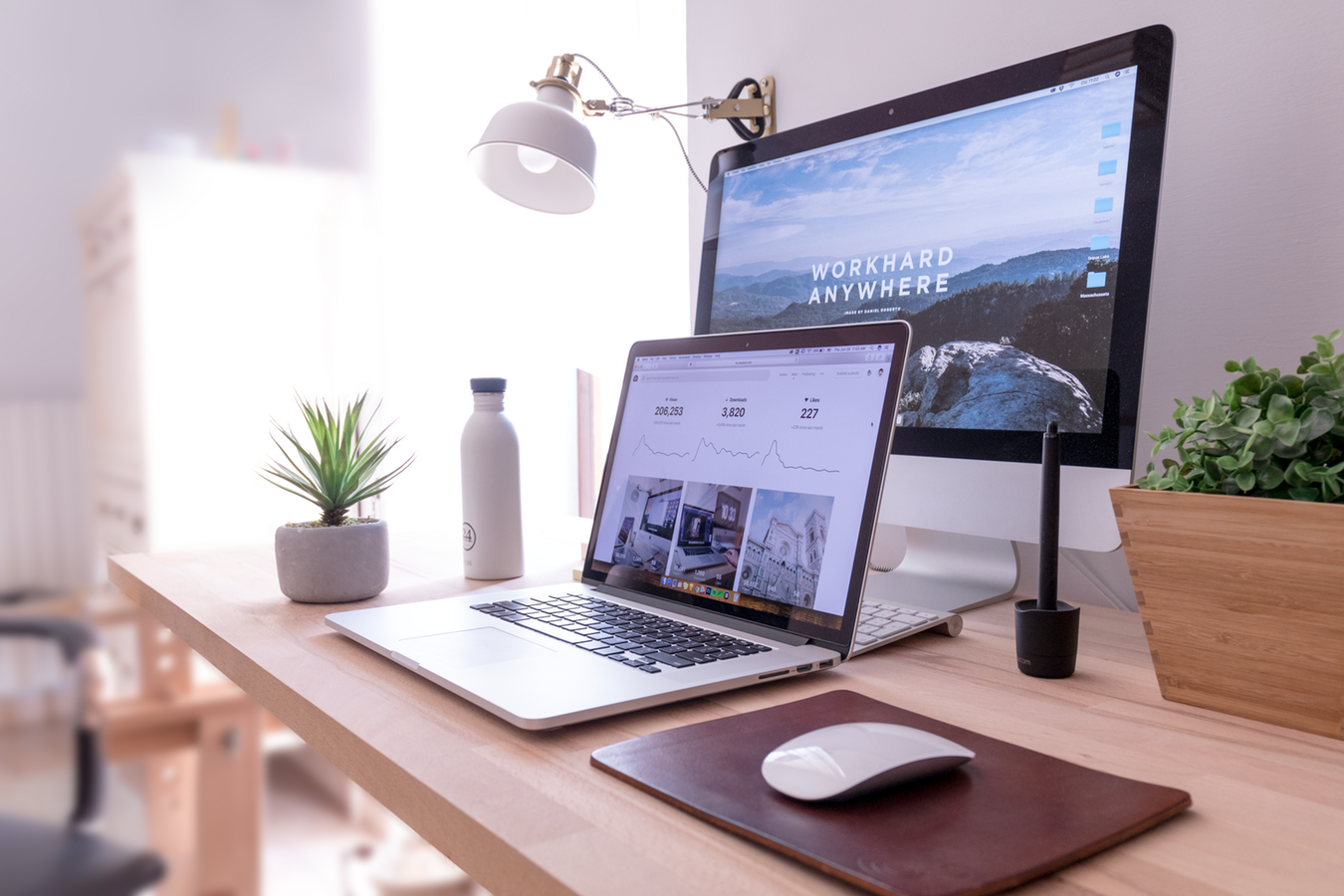 There was a time when an office was just a place to get work done. Today, many bigger and smaller businesses are taking steps to create healthy, more productive work environments that are pleasing to the senses and appealing to everyone inside. Of course, having functional furniture products is still important with office design. But there are some other steps that can be taken to effectively engage all five senses. When done correctly, you could benefit from a workplace where employee happiness and productivity go hand in hand.
There was a time when an office was just a place to get work done. Today, many bigger and smaller businesses are taking steps to create healthy, more productive work environments that are pleasing to the senses and appealing to everyone inside. Of course, having functional furniture products is still important with office design. But there are some other steps that can be taken to effectively engage all five senses. When done correctly, you could benefit from a workplace where employee happiness and productivity go hand in hand.
As the name implies, multi-sensory design is an approach to office design that engages all five senses: sight, sound, touch, taste, and smell. Sight is often the sense that gets all of the attention when it comes to design. However, paying attention to the other senses could make your office a more pleasant place to work in and visit. You’ll still want to make sure your choices are in line with your brand and company culture; although bringing other senses into the mix correctly can be a welcome change with many much-appreciated benefits. Let’s break this concept down one sense at a time.
Numerous studies prove color choices can have a big impact psychologically with mood and perception. Various shades of red, for instance, can be stimulating and motivational; green hues can be reinvigorating; yellow colors suggest optimism, and blues tend to be calming. Natural lighting is another factor to consider with the visual aspects of office design. Research suggests test scores are higher in schools with more windows, and being surrounded by outdoor views eases eyestrain and mental fatigue. Limited on natural light sources? Patterns and color palettes linked to nature can still increase engagement and have a calming effect.
The right selection of textures and materials can encourage workers to be more interactive with their surroundings and influence actions. Softer materials on office or waiting room chairs, for instance, can improve comfort and make people want to stay a while. If you go with textured fabrics like crushed velvet, wools, linens, or beautiful knits, you’ll be adding personality and a little bit of uniquely appealing complexity to your office areas. Don’t forget about thermal comfort. Maintain an even and acceptable workplace temperature. And keep some extra fans and blankets around just in case – or maybe even a few of those blankets with sleeves.
Go beyond the visual elements of office design and treat everyone who enters or works in your office to a pleasing auditory experience. This can be as simple as playing soft, natural sounds in the background to promote relaxation and tranquility. For businesses wanting to create a fun, creative environment, playing light music can be effective. For those times when the preferred sound is silence, consider having rooms where workers can go to relax and refresh in complete silence during their breaks. Another option is to leave it up to your employees to collectively choose what auditory experiences they prefer.
Granted, some office aromas, such as the smell from coffee that’s been brewing for way too long, can be distracting. However, occasional olfactory assaults can be counteracted by making an effort to present pleasant office aromas. For example, placing fresh flowers on reception desks or in waiting areas can increase comfort and promote relaxation, as can doing the same thing in individual offices or cubicles. Similar results can be experienced with scented candles. And herbaceous aromas, like peppermint, can be invigorating, while lemongrass and sage may boost energy and maybe even help with mental clarity.
There’s no denying that certain colors and smells can inspire thoughts of certain foods. Go a bit further and give your employees some actual tastes to enjoy throughout their work day. This can include coffee and light snacks in the break room; or you might have occasional treats like a group lunch or certain days when everyone can bring their favorite foods. Don’t forget some healthy snacks like yogurt, dark chocolate, carrot sticks, and almonds. They can be good energy boosters, especially if you need your team to remain mentally focused and creative.
While there are many good things about going with a multi-sensory office design, just remember to find the right balance. Overdoing it with colors and sounds can become too much of a distraction for some employees and visiting clients, customers, or patients. If you need some help getting started, the team from Office Innovations can offer some input with workplace furniture selection and layout as you consider what sensory additions are right for your office environment.
Contact us today to learn more about our comprehensive, cost-effective furniture installation services.